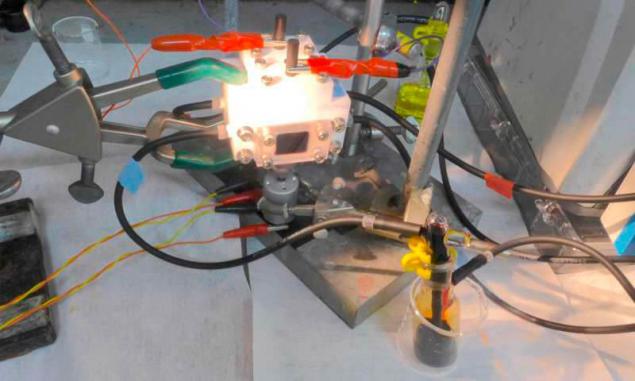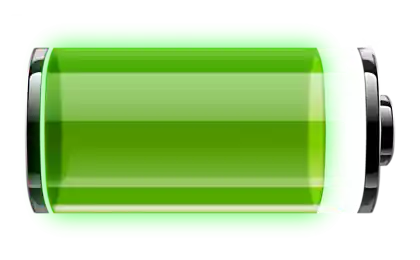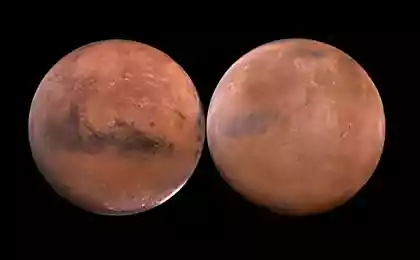440
The scientists combined a solar cell with a liquid battery
Professor of the University of Wisconsin in Madison have connected the solar cell with a high capacity battery, thus abandoning the intermediate and guiding energy directly into the electrolyte of the battery. The discovery was published in the journal Angewandte Chemie International Edition. Solar cells have one fundamental limitation — the night time when they become useless. And use lithium-ion batteries to supply current to the mains with a night, too expensive. So Professor sung-Jin decided to use liquid electrolytes.

Unlike lithium-ion batteries, which store energy in the solid electrode, the liquid battery (RFB) store it in liquid electrolytes. "They are relatively cheap, and you can create any amount of what is needed, so it can be considered the most promising approach for storing electricity in the networks," says Jin.
The new device standard silicon cells installed on the reaction chamber, and the energy that converts the element from charging a liquid electrolyte, which is then pumped into a tank for further storage. RFB already used together with solar cells, "but now we have a single device which collects sunlight to release electric charges and directly modify the redox state of the electrolyte on the surface of the elements, says lead author Wenjie Li. — One of our device and converts the solar energy and charges the battery".

This technology simplifies the process, reduces the cost of production and, potentially, may be more effective than the traditional one.
Actively developing a liquid battery engineers at MIT. In may they told about the invention of the liquid battery that operates on the principle of an hourglass. And in September reported on progress in the study of fundamentally new type of battery — water battery on the basis of "Prussian blue". Creating an effective and powerful water batteries would represent a major breakthrough in the energy storage and the disposal of waste elements. published
Source: hightech.fm/2016/09/23/liquid-cell

Unlike lithium-ion batteries, which store energy in the solid electrode, the liquid battery (RFB) store it in liquid electrolytes. "They are relatively cheap, and you can create any amount of what is needed, so it can be considered the most promising approach for storing electricity in the networks," says Jin.
The new device standard silicon cells installed on the reaction chamber, and the energy that converts the element from charging a liquid electrolyte, which is then pumped into a tank for further storage. RFB already used together with solar cells, "but now we have a single device which collects sunlight to release electric charges and directly modify the redox state of the electrolyte on the surface of the elements, says lead author Wenjie Li. — One of our device and converts the solar energy and charges the battery".

This technology simplifies the process, reduces the cost of production and, potentially, may be more effective than the traditional one.
Actively developing a liquid battery engineers at MIT. In may they told about the invention of the liquid battery that operates on the principle of an hourglass. And in September reported on progress in the study of fundamentally new type of battery — water battery on the basis of "Prussian blue". Creating an effective and powerful water batteries would represent a major breakthrough in the energy storage and the disposal of waste elements. published
Source: hightech.fm/2016/09/23/liquid-cell























